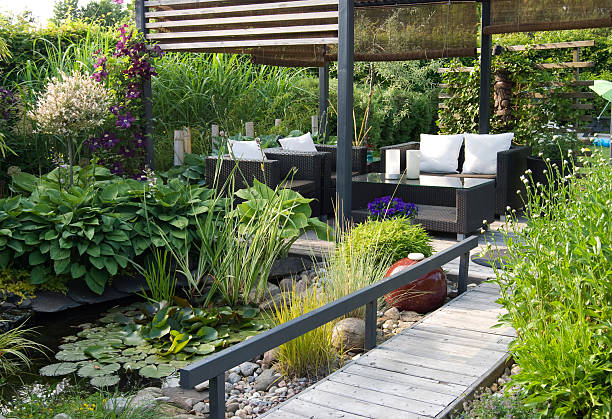The Peace Lily (Spathiphyllum) is one of the most beloved indoor plants for its graceful white flowers and lush, dark green foliage. Native to the tropical rainforests of Central and South America, this low-maintenance houseplant is perfect for both beginners and experienced plant lovers.
Why Choose a Peace Lily?
- Beautiful Blooms: Elegant white spathes that resemble calla lilies.
- Air-Purifying: Known to remove toxins like ammonia, benzene, and formaldehyde.
- Low Light Tolerance: Thrives in low to medium indirect light.
- Humidity Lover: Excellent choice for bathrooms or kitchens.
- Pet Caution: Note that Peace Lilies are toxic to cats and dogs if ingested.
Best Peace Lily Varieties to Grow Indoors
- Sensation: Large variety with bold leaves—great for spacious rooms.
- Domino: Features variegated white-and-green foliage.
- Mauna Loa Supreme: Popular cultivar with classic white blooms.
- Little Angel: Compact and ideal for small spaces or desks.
Light Conditions for Peace Lily
- Grows best in bright, indirect light.
- Can tolerate low light, but may flower less frequently.
- Avoid direct sun, which can scorch the leaves.
Watering Tips – Peace Lily
- Keep soil consistently moist but not soggy.
- Water when the top inch of soil feels dry.
- Peace Lilies may droop when thirsty—a natural indicator.
- Avoid tap water with chlorine; use filtered or room-temperature water when possible.
Ideal Soil Type – Peace Lily
- Use a well-draining, peat-based potting mix.
- A mix of peat moss, perlite, and compost works well.
- Ensure the pot has drainage holes to prevent root rot.
Temperature & Humidity Needs
- Thrives in temperatures between 65–80°F (18–27°C).
- Avoid drafts or temperatures below 45°F (7°C).
- Loves high humidity—mist regularly or place near a humidifier.
Feeding and Fertilizing
- Fertilize every 6–8 weeks during the growing season (spring to early fall).
- Use a balanced, water-soluble fertilizer at half strength.
- Avoid overfeeding; Peace Lilies are sensitive to excess salts.
Common Problems and How to Solve Them
- Yellow Leaves: Overwatering or poor drainage.
- Brown Leaf Tips: Low humidity or fluoride in tap water.
- No Flowers: Insufficient light or poor fertilization.
- Drooping Leaves: Dehydration—water and it should perk up within hours.
How to Propagate Peace Lilies
- Division: The easiest method.
- Remove the plant from its pot.
- Gently separate root clumps with 2–3 leaves each.
- Replant in separate containers with fresh soil.
Indoor Design Ideas – Peace Lily
- Perfect for living rooms, bathrooms, or office corners.
- Pairs beautifully with ceramic or minimalist planters.
- Adds a calming, spa-like vibe to interiors.
- Looks stunning in group plantings with ferns and pothos.
Conclusion
The Peace Lily is more than just a beautiful houseplant—it’s a low-maintenance, air-purifying companion for your indoor spaces. With minimal effort, it rewards you with elegant blooms and vibrant greenery. Whether you’re new to gardening or an indoor plant enthusiast, the Peace Lily is a must-have in your collection.

